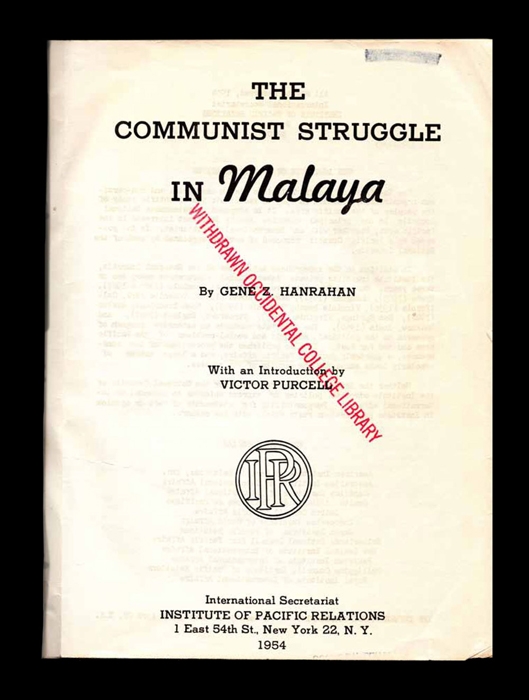Editor’s note: ‘G for Gene Z. Hanrahan’, reproduced below, is an excerpt of Ho Tzu Nyen’s longterm project The Dictionary of South East Asia, which was first published in ArtReview Asia’s Art Basel Hong Kong Special Edition 2015. A new chapter of Ho’s project is on view at the Internationales Sommerfestival at Kampnagel, Hamburg, from 9 August to 7 October 2018.
The Communist Struggle in Malaya, first published in 1954 by the Institute of Pacific Relations and subsequently republished by the University of Malaya Press in 1971, was one of the earliest general historical accounts of the Malayan Communist Party.
This short, concise text by Gene Z. Hanrahan remains – to this day – a key resource for those researching this period of Malayan history, and has been regularly cited in subsequent studies of Communist histories in Southeast Asia. His writing is crisp, his analyses reasonable, if never spectacular. But what makes the text valuable is the author’s access to confidential documents that seem to have been beyond the reach of other researchers. Hanrahan never explained how these sources were obtained.
Hanrahan’s bibliography is dazzlingly diverse. The books that he has been involved with as a researcher, translator (of multiple languages), editor and writer, include Documents on the Mexican Revolution (Salisbury, NC, 1976–85), a nine-volume collection of previously confidential documents related to the Madero Revolution of 1910, writings on military strategies and guerilla warfare, as well as introducing, translating and editing the writings of Carlos Marighella, the Brazilian Marxist revolutionary and urban-guerilla theoretician.
Then, there is Hanrahan’s more ‘literary’ streak: ASSAULT! (New York, 1962), an anthology of ‘real’ descriptions of the Pacific War by ‘real’ US Marines; Hemingway – The Wild Years (New York, 1962), a selection of Ernest Hemingway’s articles for The Toronto Star; as well as 50 Great Oriental Stories (New York, 1965), a collection of the ‘finest Oriental tales ever written’, chosen and edited by Hanrahan. He also wrote brief but erudite commentaries for each section of that last anthology, meant for ‘students of Oriental literature’.
Hints to the biography of this polymath, or hack, are meagerly scattered on the dust jackets of his publications, or in prefaces and forewords written by others. Hanrahan has been variously described as a naval intelligence officer and a lecturer, and a specialist in guerilla warfare. But judging from the tone of these prefaces and forewords, it would seem as though none of the authors know him on intimate terms. And in From PKI to the Comintern, 1924–1941: The Apprenticeship of the Malayan Communist Party (New York, 1992), the Malaysian historian Cheah Boon Kheng declares: ‘It is believed that “Gene Z. Hanrahan” is the pseudonym of a research assistant or a research organization.’
But if ‘Gene Z. Hanrahan’ was indeed a pseudonym, it was one that in turn, had a pseudonym. According to the US Library of Congress, the author known as William J. Kennedy is the pseudonym of Gene Z. Hanrahan. As William J. Kennedy, he authored Pre-Service Course in Shop Practice (New York, 1943), a technical manual for ‘pre-induction training based upon the requirements of the US Army’ to be offered to high-school seniors during the Second World War, and the three-volume Secret History of the Oil Companies in the Middle East (Salisbury, NC, 1979).
The oeuvre of ‘Gene Z. Hanrahan’ can be described as consisting largely of texts that are ‘documentary’ in nature, but it partakes of fiction at a different level – the construction of an author. Gene Z. Hanrahan is an author dreamt up by his books, and in the oneiric skein of his bibliography is entangled the history of Malayan communism.
G for Gene Z. Hanrahan is the second entry in The Critical Dictionary of South East Asia, an ongoing collection of ideas, motifs and biographies related to Southeast Asia assembled in order to map a region of bewildering multitudes, developed during Ho Tzu Nyen’s residency at the Asia Art Archive, Hong Kong.
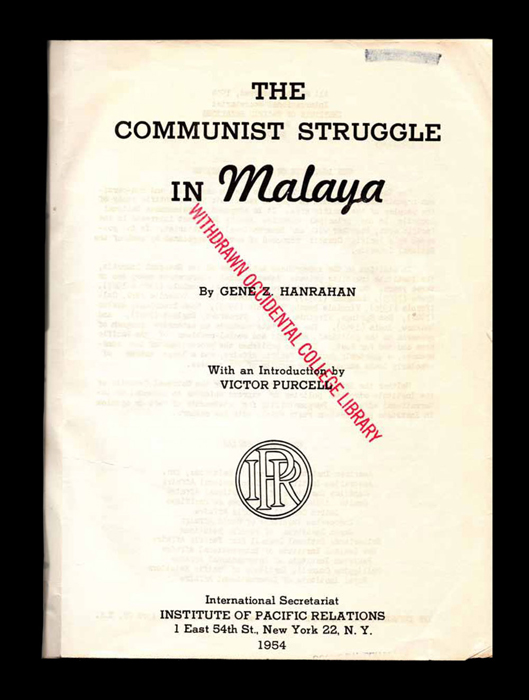
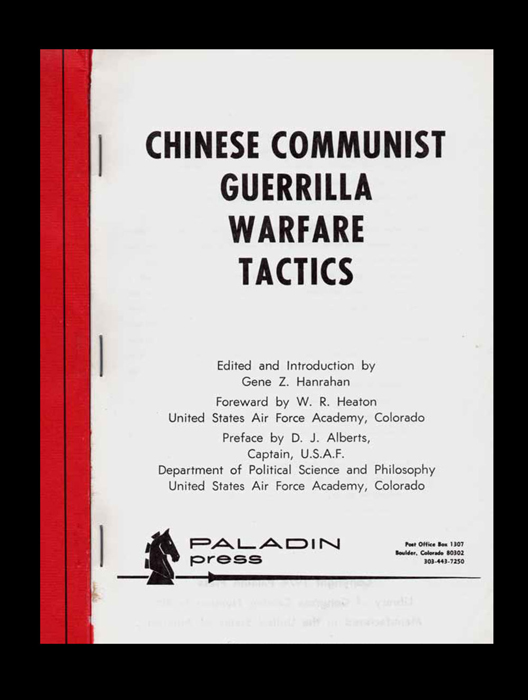

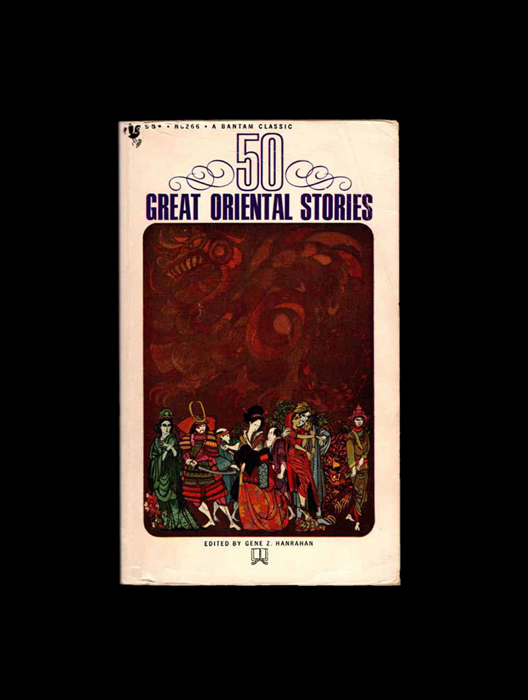
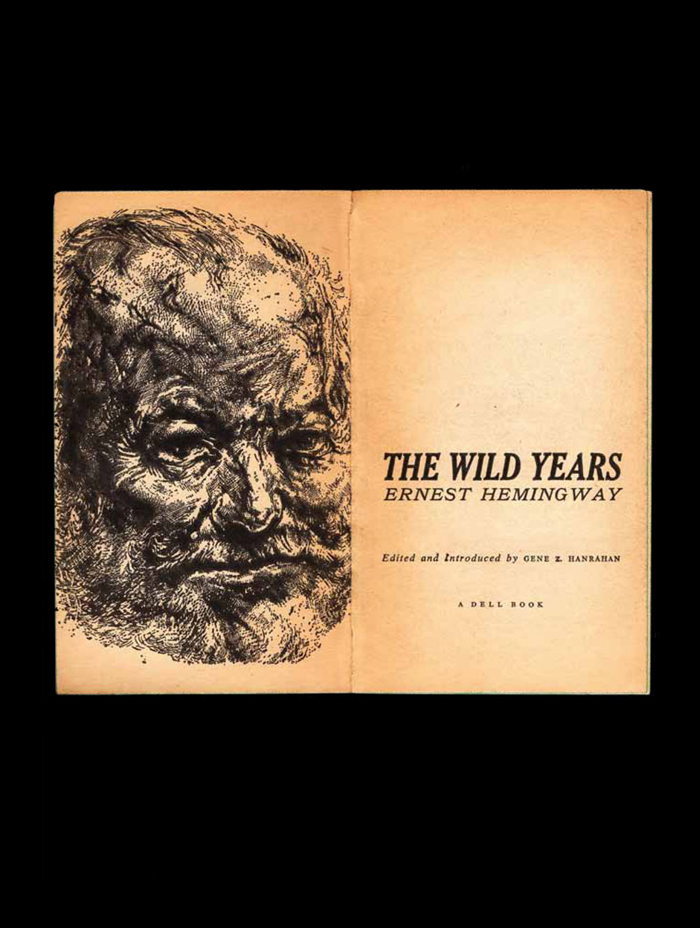
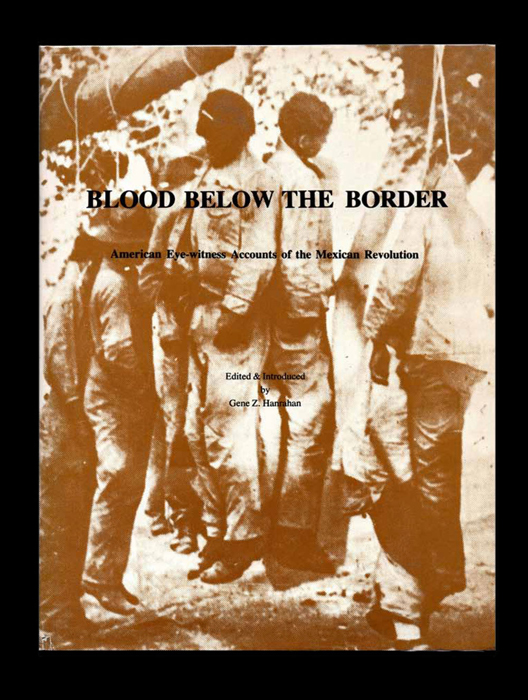
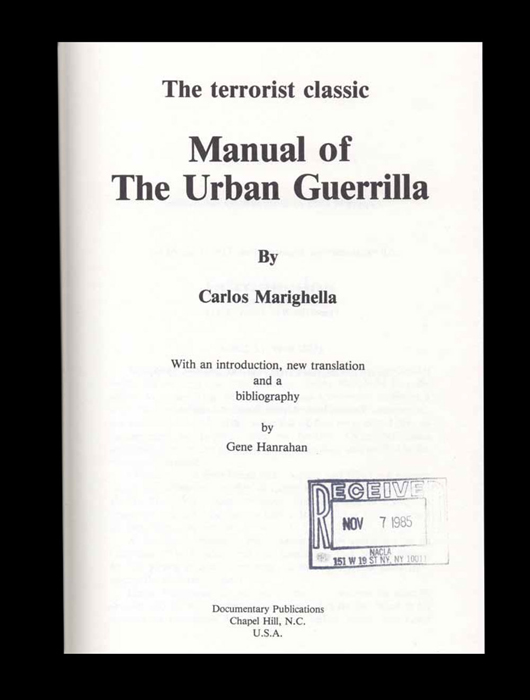
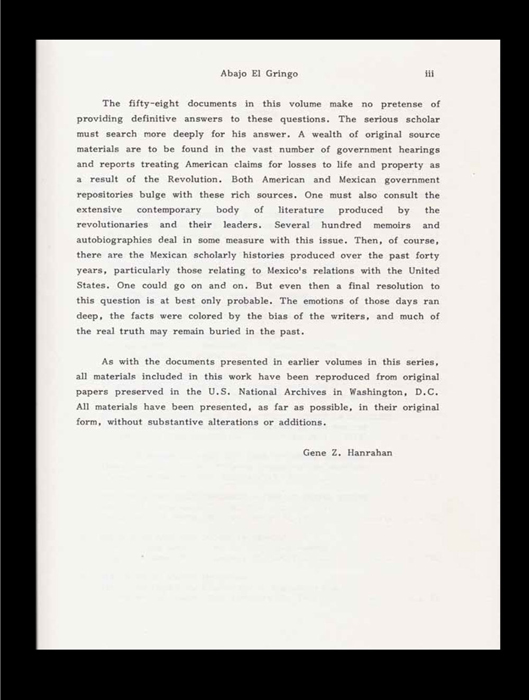
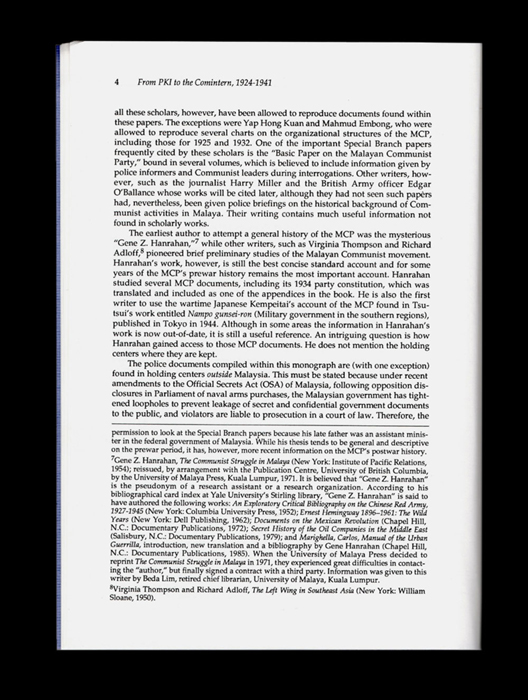
From the Art Basel Hong Kong Special Edition 2015 of ArtReview Asia
